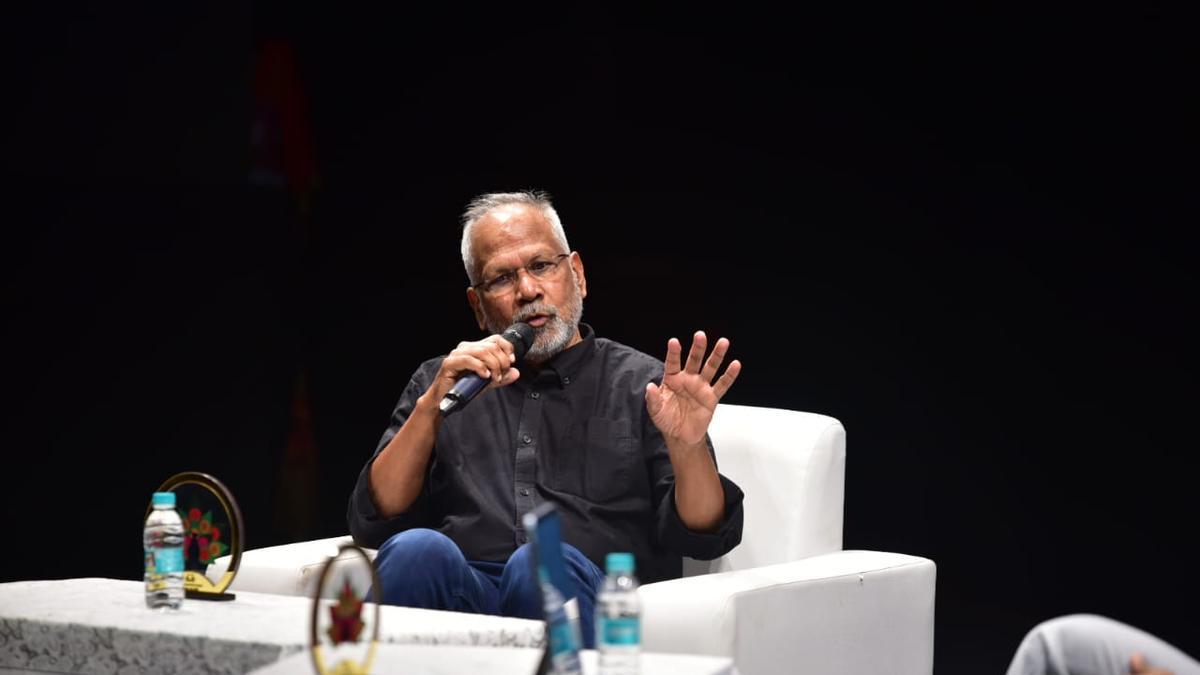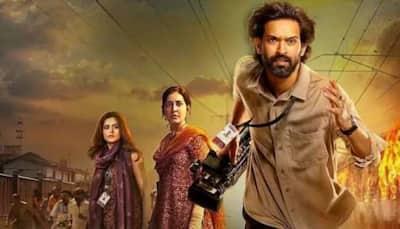
The classical dance form of Bharatanatyam has not only been an emblem of India’s rich cultural heritage but has also transcended geographical boundaries. Its profound storytelling and expressive prowess have captivated artistes worldwide, propelling them to explore contemporary themes through its intricate movements and emotive nuances. One such artiste who has taken Bharatanatyam to international stages is Radha Anjali, an Austria-based dancer, whose recent thematic dance production in Chennai has been a testament to the art form’s evolving reach and relevance.
Marking the celebratory juncture of 75 years of India-Austria diplomatic relations, the Austrian Honorary Consulate in Chennai, led by Consular Officer Rama Rajagopalan, orchestrated the special event titled ‘Vriksha-The Tree’. Held at the prestigious Bharatiya Vidya Bhavan, the performance was far more than a cultural festivity; it was a beacon of artistic advocacy, tapping into the critical issues of climate change and environmental preservation.
Radha Anjali’s journey in the realm of Bharatanatyam is noteworthy. Having been nurtured under the guidance of renowned gurus Kalanidhi Narayanan and Adyar K. Lakshman in Chennai, Radha took her passion and expertise to new shores, establishing her school Natya Mandir in Austria. Bringing with her, her students, Radha’s Bharatanatyam rendition in Chennai wasn’t merely about traditionalism but rather an intertwined narrative of mythology and timely environmental activism.
Their chosen muse was the Rudraksha tree, a symbol steeped in Indian mythology, representing compassion and hope amidst adversity and destruction. The artistic portrayal was a harmonious blend of this mythology with the current narrative on climate change. It started with semblances of nature’s beauty and tranquility—the soothing sounds of water, the rhythmic patter of rain, and visuals of green expanses, which smoothly guided the audience into a state of serenity, reflective of the planet’s undisturbed states.
However, the journey from mythos to environmental awareness wasn’t without its tumult, symbolized through the mythical battle between devas (gods) and asuras (demons), culminating in the miraculous birth of the sacred Rudraksha from the churning ocean. This dynamic visual narrative was conveyed through carefully curated dance compositions, embodying the versatility and depth Bharatanatyam offers as a storytelling medium.
Despite the innovative concept and thematic richness, the execution faced certain drawbacks. The endeavor to amalgamate myriad ideas resulted in a complexity that, at times, seemed disjointed. The use of projection for background visuals came across as less than professional, and the transitions between songs lacked a natural flow. Disruptions were further noted when switching from recorded audio to the live orchestra, unsettling the immersive experience.
Nonetheless, moments of brilliance shined through, particularly in the depiction of a tree on the brink of extinction finding revival through nature’s own rescue. The enactment of a bird breathing new life into this withering entity was a powerful display of Radha Anjali’s abhinaya (expressive acting), which left a resonating message about the interconnectedness of all living things and the need for conservation.
The performance, despite its imperfections, stood as a poignant illustration of how traditional art forms like Bharatanatyam can serve as vessels for socially relevant messages, capable of reaching global audiences and invoking thought, sparking discussion, and inspiring action. Radha Anjali and her students, with their creative courage, have shown that the roots of Bharatanatyam have spread far and wide, not just across distances but through the layers of society’s conscience. The dance form continues to evolve, adapting to the changing times while steadfastly serving as a cultural cornerstone, resplendent in its beauty and potent in its capacity to move and mobilize.










